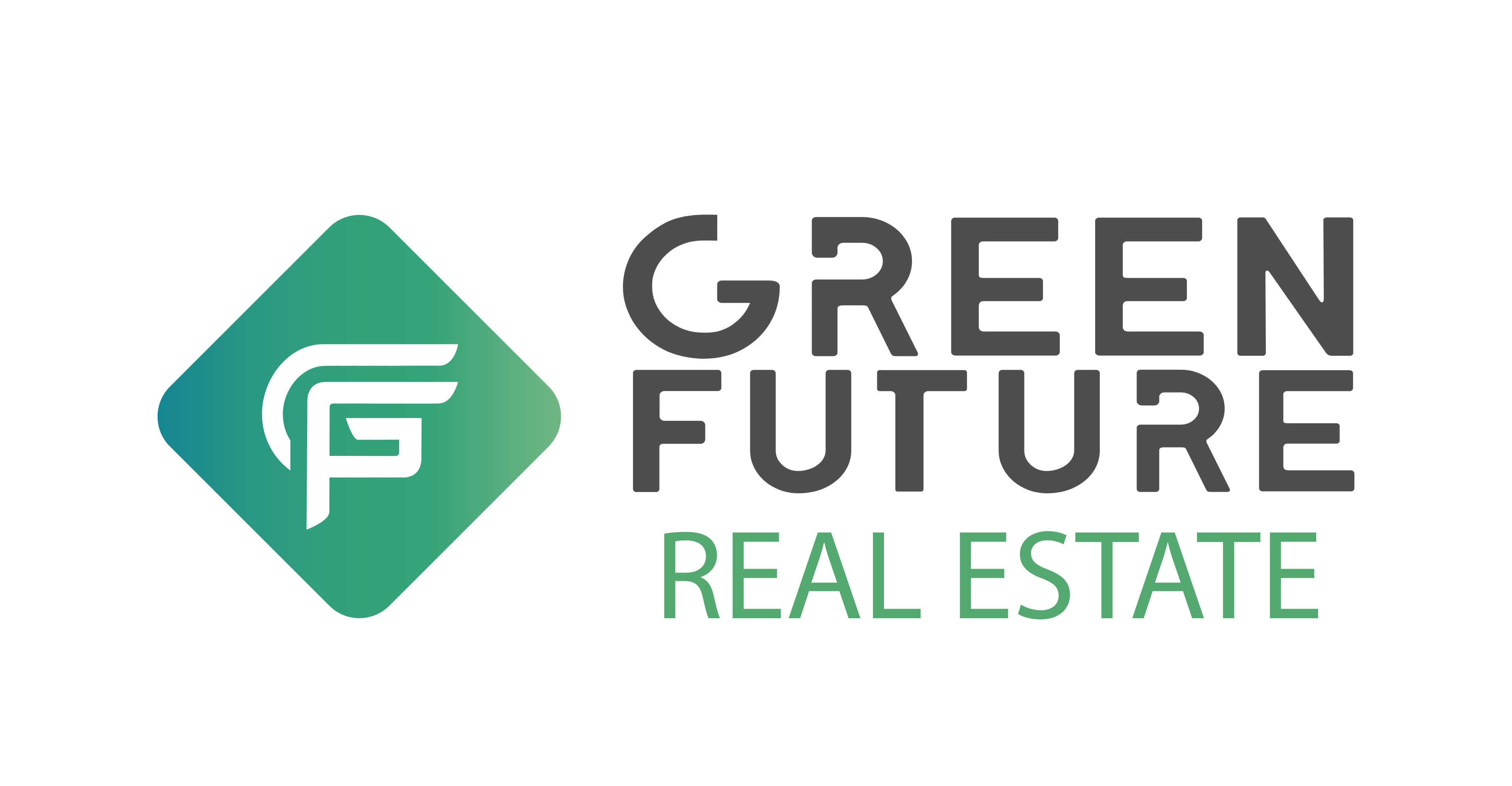College enrollment began slowly receding after the millennial enrollment wave peaked in 2010, particularly in regions that were already experiencing below-average birth rates while simultaneously losing population to out-migration. Some statistics (from Hanover Research) say 50% of employees will need to reskill by 2025, and 71% of potential students want their employer to pay for their credentials. But it's not just demographics and pandemics affecting college enrollments. Thats why, even though advertising is still our biggest source of revenue, we also seek reader support. College towns whose economic fortunes are tied to institutions can experience an exodus of residents and small businesses, a drop in property values and tax revenue, and an irreversible depression altering the lives of whoever is left behind. Credit:Nathan D. Grawe, Carleton College. It is being called the Enrollment Cliff or the Demographic Cliff, but no matter what you call it, higher education will be affected. The coming changes to the high school graduate population and college-going patterns represent just one of many interconnected threats to college and university business models. The Bottom of the Enrollment Cliff: How Do We Get Back Up? Read the issue brief The problem now is that colleges have likely hit a ceiling in terms of how many 18-year-olds they can coax onto campus. There was a line at the coffee shop in the student union. Edited by Darlene Earnest Published on January 27, 2023 Learn more about our editorial process During that four-year span, colleges will lose approximately 576,000 students. Will Your College Survive the Demographic Cliff? But in states like New York, Ohio, Michigan, Wisconsin, Illinois, and Louisiana, it will decline by 15 percent or more. How early are you starting? The dots represent large metropolitan areas, which sometimes diverge from their states growth forecasts. Many colleges already are devising marketing strategies to attract more students. Even when K12 students do log into online classes, they tend to learn less than they do in-person. "The financially motivated vocationalization of less selective colleges and universities will further divide students by income and class," he writes. Take the birthrate of a given year and fast forward 17 and 18 years when most kids start college. According to the National Student Clearinghouse Research Center, undergraduate enrollment in fall 2021 dropped 3.1 percent, or 465,300 students, compared to a year earlier. Probably not. Most of the decline is due to financial reasons. This decline, known as the birth dearth, was so blunt and significant that it will lead the nation over the edge of a demographic cliff (or enrollment cliff for higher ed) after 2025. From the early 1970s until 2007, the number of annual births per 1,000 women ages 15 to 44 stayed between roughly 65 and 70. Any amount helps. Google is not the first nor the last entrant in the e-learning space, however, when such a heavy-hitter breaches your industry, leadership teams must remain alert, attentive to customer needs, and agile. All of this makes the shrinking pool of 18-year-olds even harder to recruit. "They may be looking at friends who graduated last year or the year before who didn't go, and they seem to be doing fine. By clicking Accept, you consent to the use of ALL the cookies. and over 1Mio. Now back to higher education. Young men and women wearing logoed Champion sweatshirts bustled between buildings. In the old world of enrollment, the rock wall, the gym, the lazy river and the grand halls were center stage. 4 ways to prepare for a shrinking enrollment pipeline But in the early 2010s, enrollment began to drop. People sometimes joke that 150,000 liberals should decamp to Wyoming and grab its two Senate seats. Directly accessible data for 170 industries from 150+ countries High school students rely on in-person reminders and assistance to complete the FAFSA. Find your information in our database containing over 20,000 reports. Is it something you should be aware of? But the 1980s enrollment cliff never really arrived. Vox is here to help everyone understand the complex issues shaping the world not just the people who can afford to pay for a subscription. The demographic cliff is already hereand it's about to get worse At colleges that survive, as most of them will, the biggest effect of the enrollment cliff will be on how students experience higher learning. Please enter a valid email and try again. A strong job market and low unemployment rates mean companies are willing to pay high wages to attract employees and persuade some high school graduates to put off college temporarily, if not permanently. See exactly how your financial ratios affect your ability to qualify for funding. By submitting your email, you agree to our, The incredible shrinking future of college, Sign up for the With K-12 schools closed across the country, FAFSA completions have declined significantly from last year, particularly among low-income and first-generation populations. If you also believe that everyone deserves access to trusted high-quality information, will you make a gift to Vox today? College enrollment projections anticipate numbers to plummet by more than 15% after 2025just three short years away. These cookies will be stored in your browser only with your consent. Kevin Carey writes about education and other issues. At a time when schools are coping with declines in first year enrollments due to uncertainty surrounding COVID-19, long-term concerns stemming from the so-called "enrollment cliff" in which changing demographics and a decline in the U.S. birth rate will lead to a smaller pool of college-aged students that is projected to reach its peak sometim. While the students most vulnerable to dropping out are in many cases those least likely to enroll in college, institutions with a mission to reach historically underserved populations and those reliant on rural populations will feel the impacts: Early reports have shown that in some cases only half of K12 students are logging into their Zoom classrooms, with the lowest rates in rural areas where both students and their teachers lack reliable internet access. But college enrollment rates actually increased, driven by deindustrialization and the collapse of well-paying blue-collar jobs. A digital transformation is a revolution that will affect every company and every sector. There's a Crisis in Higher Ed: Get Ahead of the 2025 Enrollment Cliff In the short term, they needed dorms and classrooms and teachers to handle the boomer wave. The new normal is just normal now. A well-known study from Stanford University found that K12 students attending online schools were on average a half-year behind in reading and an entire year behind in math. Unluckily for them, private colleges are disproportionately located in the Northeast and Midwest the same regions that will be hit hardest by declining enrollment. The economy is another headwind. This year there are signs that number could be much higher. PDF Navigating the Enrollment Cliff in Higher Education | Read the article Unknown Server Error An unexpected error occurred. But some campuses acted like the students would always keep coming. So too will regional four-year universities, except for those in California, South Carolina, and the Mountain states. Before the student loan collection system was frozen in 2020, a million people were defaulting on their loans every year. Continued positive migration will offset lower birthrates. But the enrollment cliff will, no joke, likely make this problem worse, killing some colleges and shrinking others in many of the same Northeastern and Midwestern places that helped Donald Trump overcome a 2.9 million-voter deficit in the 2016 election, while pushing more college-educated voters into states and districts that are already safely in Democratic hands. The cookie is set by the GDPR Cookie Consent plugin and is used to store whether or not user has consented to the use of cookies. This text provides general information. Beginning in 2025, they anticipate that there will be approximately 400,000 fewer traditional-age students graduating from high school and enrolling in universities. It poses a challenge for higher education institutions but also opportunities. Regional public universities like Ship are enduring painful layoffs and consolidation. In addition to the digital shift, a global survey has revealed a growing interest in shorter programs and lifelong learning. If we were to take an even more conservative stance than that for the upper end of the projected range, then we could estimate that 5% of students will delay their plans and the number of high school dropouts will increase, but not significantly. Your one-stop shop for product documentation, assistance, training, and much more. Institutions are also facing reduced revenue from the coming enrollment cliff in 2026, as discussed in the recent Chronicle of Higher Education article, "The Demographic Cliff: 5 Findings From New Projections of High-School Graduates." The result is that revenue due to tuition is likely going to be at low levels for the next 10 years. When was the last time you evaluated your aid packaging? Ellucian, and the power button logo with Ellucian are registered trademarks of Ellucian Company L.P., all rights reserved. The most important key figures provide you with a compact summary of the topic of "The Enrollment Cliff in the U.S." and take you straight to the corresponding statistics. Political pressures to alter the curriculum. This topic is frequently discussed by many thought leaders in higher education; however, Nathan Grawe, author and Professor of Economics at Carleton College, is often seen as a . Recent surveys of students college-going plans have reported shockingly high proportions of seniors planning to delay enrollment (20% or more). Forecasting the number of college-age youths is a relatively simple task. Finding a good buyer for empty campuses can be difficult. But theres reason to believe predictions about an increase in students taking a gap year are overblown. We accept credit card, Apple Pay, and In 1975, the percentage of high school graduates who chose to immediately enroll in college was only 51 percent. But last year there were signals the cliff had started to arrive early: even elite institutions ended up admitting more students from applicant pools and waitlists just to meet tuition revenue goals. By 2025, the number of traditional college-aged students is predicted to decline by more than 15 percent. liability for the information given being complete or correct. The "enrollment cliff" refers to the dramatic drop in the college-age population beginning in 2025. That same year, the former Green Mountain College, also in Vermont, was auctioned off for pennies on the dollar to a liquor entrepreneur whose previous claim to fame included hitting on Anna Kournikova and being fired by Donald Trump on The Apprentice. According to the census, 327,000 people moved to the Northeast (which includes Pennsylvania) from elsewhere in the United States in 2018-19, while 565,000 moved out, for a net loss of 238,000 people.
Pet-friendly Condo Mont Kiara,
Betz Elementary School Staff,
Shalom Wildlife Zoo Peta Tickets,
Santa Fe, Tx Jail Inmate Search,
Articles T

